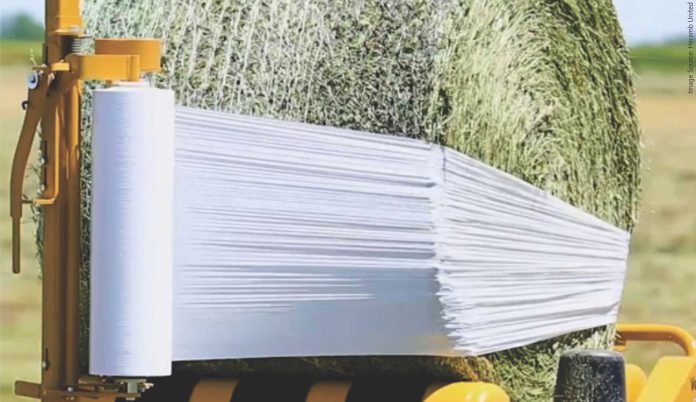

The situation hardly changed despite the addition of thousands of tonnes of maize and other fodder seeds, the adoption of additional machinery (tractors, harvesters, pneumatic seed drill, etc.) which contributed to additional production of fodder, better recovery from the field, better handling, etc.
Though it is an age-old problem, there is hardly any positive or satisfactory action taken. Hence, ruminants remained underfed over the years which affected milk yield & quality, total solids, repeat breeding, and poor calving. The scenario is the same except for states like Punjab and Haryana where animals are still fed fodder for many days of the year.
The role of Institutes and Universities remains under question as they have failed to deliver practical solutions to the farmers which can ensure food security for animals. Instead, with 90-95 percent of the market share, private and multinational seed and fodder companies played a major role in ensuring better nutrition. Without awareness, farmers still prefer feeding poor& untreated straws or feeding high moisture&fresh fodders than nutritionally rich silage (approx. 20% grains, 8-9% CP, biomass anaerobically fermented).
The scenario can be changed with the adoption of post-harvest processing & value-addition technology. Animal nutrition contributes to 60-70% economics of a dairy farm and needs better management. Commercial fodder processing like silage, hay, TMR, straw enrichment, etc. is adopted in many developed countries like Denmark, Holland, Israel, Canada, New Zealand, etc. It can also be a game changer in the Indian dairy sector.
Silage, generally produced from grain-based fodders, is widely used as an economical and nutrient-rich diet for dairy animals. It provides food security to dairy animals and also saves costly labor while deliveringeven-nutrition round-the-year and saving a huge amount in exchange for costly feeds & ingredients. Bale silage is better than pit silage in terms of anaerobic fermentation, hygiene, servings, carriage, transportation, etc. A good quality silage should contain dry matter 28-32% (balance moisture), CP 8-9%, ADF 25-45%, NDF 35-55%, starch 28-32% & pH from 3.8-4.2. If packed properly with good quality UV-protected film, silage quality can remain intact for 12-15 months. Maize is considered the leading fodder for silage production due to its better carbohydrates, protein & mineral contents.
Hay is another good value-added, processed fodder. “Make Hay While the Sun Shines” is a simple proverb but it is a much bigger industry worldwide where fodder is moved over the continents & shores. Hay is generally processed from leguminous fodders and is preferred during winters in Northern India. Good quality hay contains moisture of 10-11% & CP from 15-22%, depending on the stage of harvest and fodder status. In addition to serving animals with rich and economical nutrition, hay can be a business opportunity for India, especially for Northern Indian states.
Value-added enriched straw is another feeding concept that may serve the world’s largest non-productive cattle population in India. This economical feeding concept can be developed and promoted to gaushalas, stray animals, back-yard cattle lots, etc. which otherwise are fed with straws as such with poor digestibility owing to bonding & indigestibility of lignin & hemicellulose. Straw enrichment with biological enzymes and densification are promoted for convenient storage, handling &long-haul transportation.
Conclusions
As the fodder processing industry is comparatively newer in India, there is hardly any experimentation or trials conducted on different fodder concepts in Indian institutes and universities. While on an international level, there is a lot of data on trials & other useful information available that benefits farmers, industry & other stakeholders. Almost all Gulf countries, with the world’s largest dairy farms, feed their cattle with processed fodders mainly silage, hay, and TMR producing quality milk economically. On the other side, in India, farmers are producing milk using costly feed ingredients i.e., a higher cost of production which leaves almost no or little margins to the farmers. In the absence of post-harvest, commercial fodder processing, straw value-addition, and densification, Dairy is considered a no-margin industry or farming option in India. Fodders and straws can have a bigger share in animals’ daily diets, so it should be taken as a priority. An animal yielding 5-7 liters per day can do well with good quality silage or hay instead of costly concentrate feeds.
by Dr Harinder Singh, Excellent Enterprises













